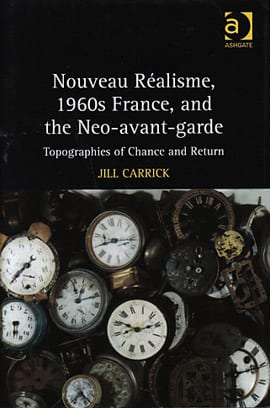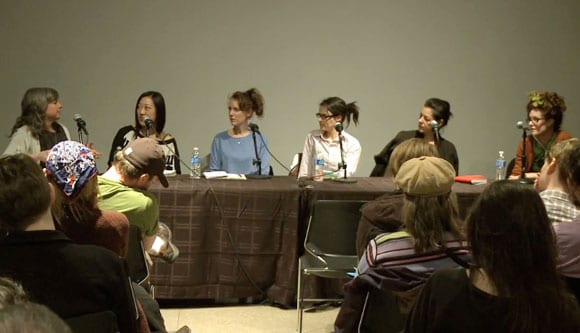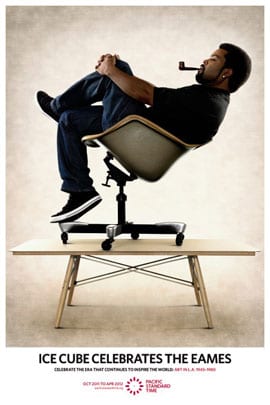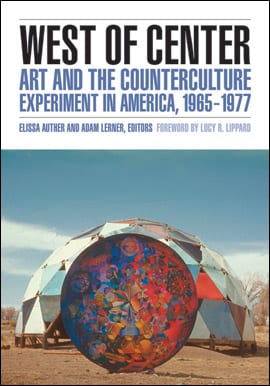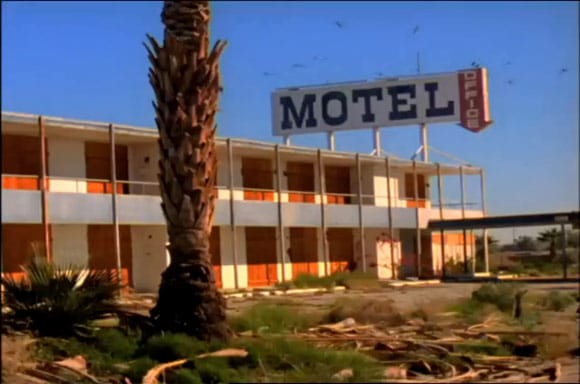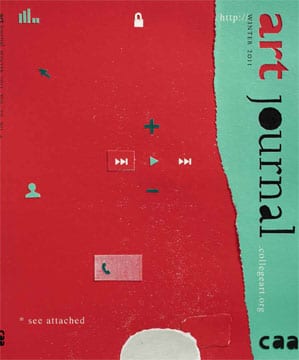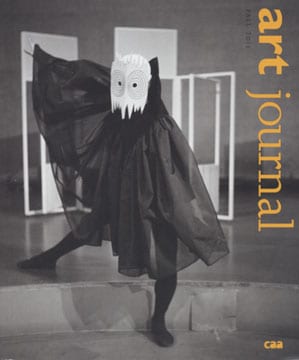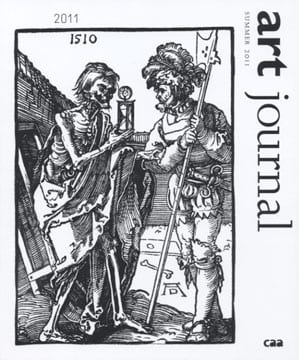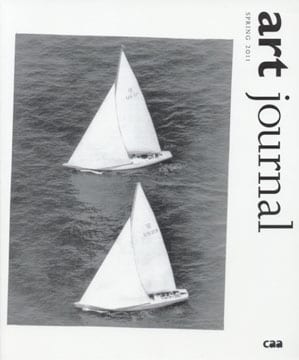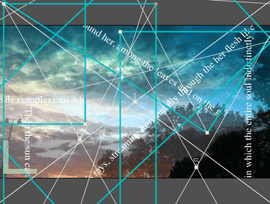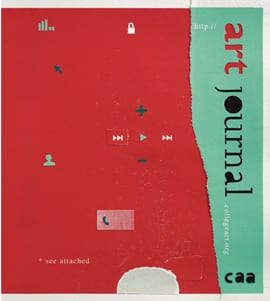By Jaimey Hamilton
The term nouveau réalisme, or new realism, has long been tied to the specific claims made by the critic Pierre Restany about the Paris-based art group he promoted. Restany convinced Arman, Yves Klein, Jean Tinguely, Daniel Spoerri, Martial Raysse, Jacques de la Villeglé, Raymond Hains, and François Dufrêne to sign on initially, and then added César, Niki de Saint-Phalle, Gérard Deschamps, Mimmo Rotella, and Christo.

